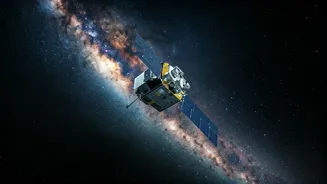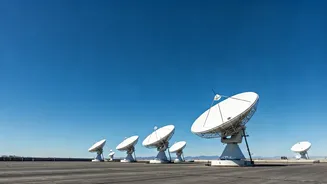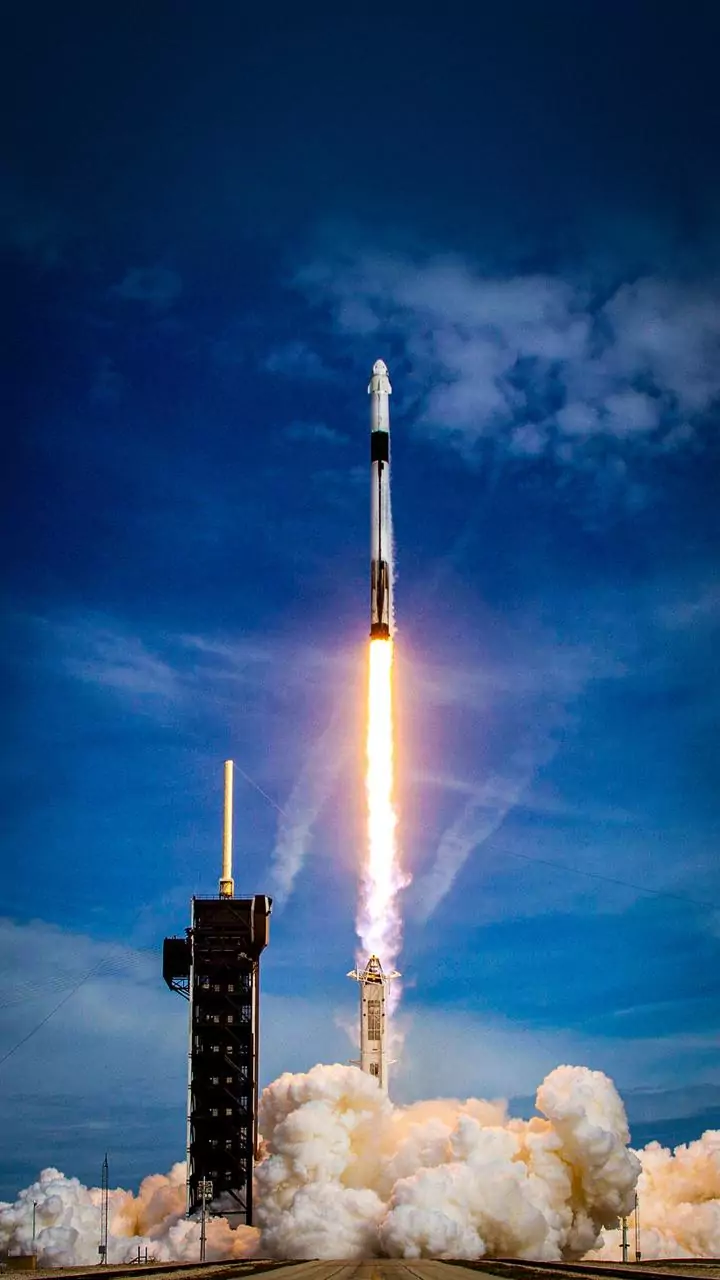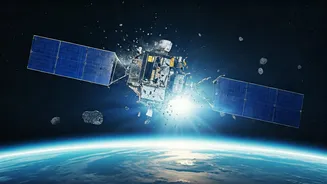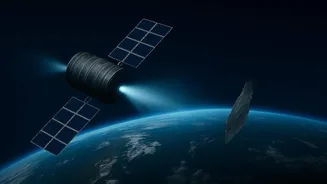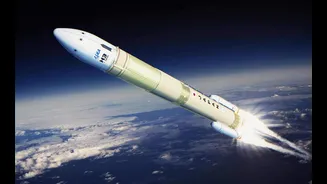Revenue Outlook Soars
The Global Defense Satcom Commercial Service sector is poised for substantial financial growth. Projections indicate a remarkable ascent in revenues, with
estimates suggesting that this segment will exceed $8.6 billion by the year 2034. This optimistic outlook underscores the increasing importance of satellite communication within the defense and commercial realms. This forecasted increase reflects growing demands for robust and dependable satellite-based services for a variety of applications, encompassing secure communications, intelligence gathering, and surveillance tasks. The substantial investment and development in this area showcase the sector's pivotal function in contemporary global operations and technological advancements.
Data's Dominant Role
The satellite industry's revenue landscape is undergoing a significant transformation, primarily due to the rise of data and a corresponding dip in video-related income. Projections indicate that by 2034, the dominance of data services will be even more pronounced. The escalating demand for data transmission services is driven by the increasing need for connectivity, high-speed internet access, and data-intensive applications. As businesses and consumers increasingly rely on real-time data exchange, the demand for satellite services capable of supporting this is steadily growing. This evolution signifies a significant change in how satellite resources are allocated and utilized. Satellites are no longer only focused on traditional video broadcasting but on a broader spectrum of data-centric needs, reinforcing the essential role of satellite technology in the future.
Breakthrough Thruster Technology
ECAPS has unveiled its pioneering Fast-Start Thruster (FAST) technology, a significant advancement in space propulsion systems. This breakthrough technology promises to significantly enhance the capabilities and efficiency of spacecraft. The development of FAST technology presents a new era in space travel, ensuring faster and more effective maneuvers in orbit, including accelerated start-up sequences. It also holds the potential to improve the speed and precision of satellite repositioning and attitude adjustments. The introduction of the FAST thruster technology represents a forward step, potentially revolutionizing the efficiency and versatility of satellite operations and missions, as well as influencing the future of space exploration.
